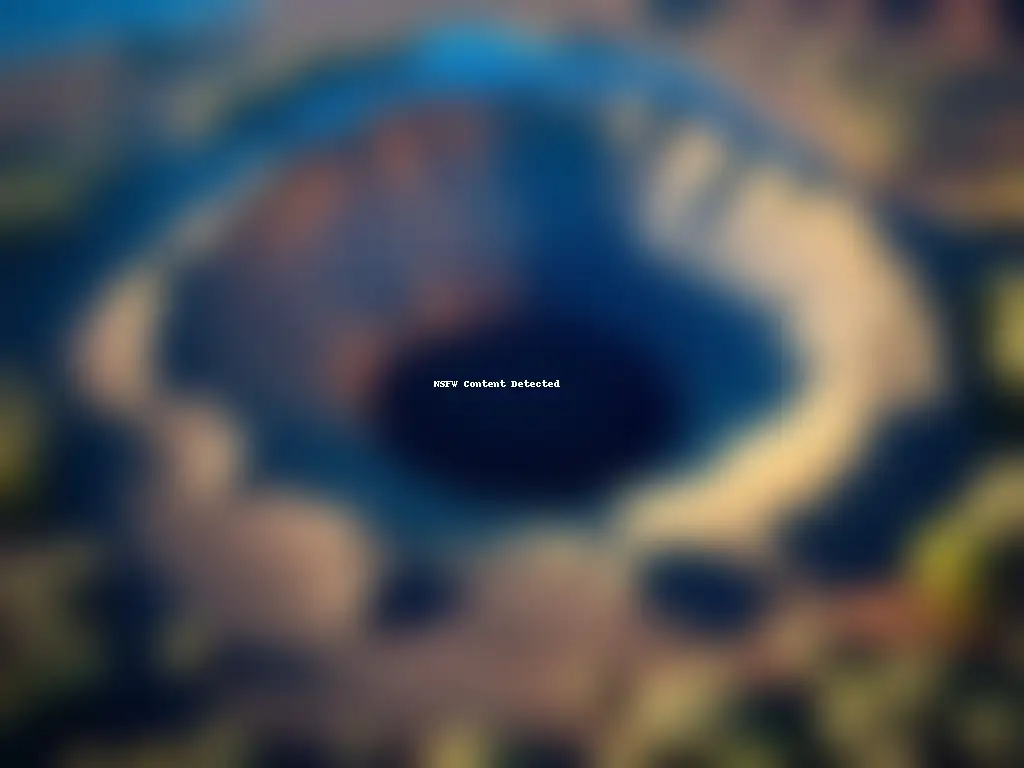Evidence From The Earth: Studying Asteroid Impact Sites

Introduction
Asteroids are celestial bodies that have always fascinated human beings, not just because of their potential impact on our planet, but also because they hold the key to understanding the history of our solar system. Asteroid impacts have shaped the face of our planet and have influenced the evolution of life. Studying asteroid impact sites can provide valuable insights into the nature of these celestial objects and their effects on our planet.
The Formation of Impact Craters

The Characteristics of Impact Craters
Impact craters are the most common feature of asteroid impacts on terrestrial planets, and they are formed when an asteroid collides with a planet's surface. The impact energy causes the impacted material to be excavated, melted, and fragmented, creating a circular depression or "crater" on the surface. The crater is usually surrounded by a raised rim and a series of concentric rings or terraces.
The size and shape of a crater depends on various factors, such as the size, speed, and angle of impact of the asteroid, as well as the nature and structure of the impacted material. Large craters can be several kilometers wide and over a hundred meters deep, while small craters can be less than a meter in diameter.
The Formation Processes of Impact Craters
The formation of an impact crater involves several complex processes that occur within milliseconds of the impact. As the asteroid strikes the surface, it transfers its kinetic energy to the impacted material, generating a shock wave that propagates outward from the impact point. This shock wave causes the impacted material to be compressed and heated, leading to melting and vaporization.
The vaporized material and the ejecta from the impact are distributed in a radial pattern around the crater, forming a "cratering halo." The impact also generates seismic waves that can cause local earthquakes and trigger landslides, further modifying the topography of the impact site.
The Geological Record of Asteroid Impacts
Asteroid impacts have been occurring on Earth since its formation over 4 billion years ago, and their effects can be seen in the geological record. Impact craters are preserved in rocks of different ages and can provide clues about the timing and frequency of asteroid impacts throughout Earth's history.
The oldest known impact craters on Earth date back to the Archean Eon (4 to 2.5 billion years ago), and the most recent impacts occurred in historical times. Some of the most famous impact craters on Earth include the Chicxulub crater in Mexico, which is associated with the mass extinction of dinosaurs, and the Barringer crater in Arizona, which is the best-preserved impact crater on Earth.
Studying Asteroid Impact Sites

The Importance of Studying Impact Sites
Studying asteroid impact sites is important from both scientific and practical perspectives. From a scientific perspective, impact sites provide insights into the nature and behavior of asteroids and their effects on the planets they impact. They also provide a window into the geological history of our planet and help us understand the processes that have shaped its surface and environment.
From a practical perspective, studying impact sites can help us assess the risks posed by asteroid impacts and develop strategies to mitigate them. Understanding the frequency, size, and effects of asteroid impacts can inform our efforts to protect Earth from future impacts.
Tools and Techniques for Studying Impact Sites
Studying impact sites requires a range of tools and techniques, as well as interdisciplinary collaborations. Geological fieldwork, remote sensing, geophysical surveys, and laboratory analyses are some of the methods used to study impact sites.
Geological fieldwork involves mapping and sampling the rocks and sediments at and around the impact site. Remote sensing techniques, such as airborne and satellite imagery, can provide high-resolution images of the surface and subsurface features of the impact site. Geophysical surveys, such as ground-penetrating radar and seismic profiling, can provide information about the subsurface structure and composition of the impact site. Laboratory analyses, such as petrographic and isotopic analyses, can provide insights into the nature and origin of the rocks and minerals at the impact site.
The Challenges of Studying Impact Sites
Studying impact sites poses several challenges, such as accessing remote or inaccessible locations, dealing with weathering and erosion, and distinguishing impact-related features from natural or human-induced ones.
Accessing impact sites that are located in remote or hostile environments, such as deserts, ice sheets, or ocean floors, can be difficult and expensive. Furthermore, weathering and erosion can modify or erase the original features of the impact site over time, making it difficult to reconstruct the sequence of events. Distinguishing impact-related features from natural or human-induced ones also requires careful observation and analysis.
Frequently Asked Questions

-
What is an impact crater?
An impact crater is a circular depression or "crater" on the surface of a planet that is formed by the impact of an asteroid or comet.
-
How are impact craters formed?
Impact craters are formed when an asteroid or comet collides with the surface of a planet, transferring its kinetic energy to the impacted material and generating a shock wave that excavates, melts, and fragments the material, creating a circular depression.
-
What can we learn from studying impact sites?
Studying impact sites can provide insights into the nature and behavior of asteroids and comets, the geological history of our planet, and the risks posed by asteroid impacts. It can also inform our efforts to protect Earth from future impacts.
-
What tools and techniques are used to study impact sites?
Geological fieldwork, remote sensing, geophysical surveys, and laboratory analyses are some of the tools and techniques used to study impact sites.
-
What are the challenges of studying impact sites?
The challenges of studying impact sites include accessing remote or hostile locations, dealing with weathering and erosion, and distinguishing impact-related features from natural or human-induced ones.
Conclusion
Studying asteroid impact sites is an important and challenging field of research that holds the key to understanding the history of our solar system and the risks posed by asteroid impacts. The study of impact craters provides valuable insights into the nature and behavior of these celestial objects and their effects on the planets they impact. It is a field that requires interdisciplinary collaborations and innovative approaches to overcome the challenges posed by the diversity and complexity of impact sites. By studying asteroid impact sites, we can gain a deeper appreciation of the dynamic and evolving nature of our universe.
Thank you for reading this article on www.asteroidrealm.com. We encourage you to share your thoughts and opinions in the comments section and to engage with our website through subscriptions, social media sharing, or other forms of participation. Check out our Additional Resources section for more information on asteroid impacts and related topics.
Additional Resources

- NASA's Plan to Defend the Earth from Asteroids
- USGS Impact Cratering Research Group
- Planetary and Space Science: Special Issue on Asteroid Impacts
 Cataclysmic Collisions: The Dynamics Of Asteroid Impacts
Cataclysmic Collisions: The Dynamics Of Asteroid Impacts The Asteroid Impact Paradox: Destructive Yet Creative
The Asteroid Impact Paradox: Destructive Yet Creative Space And Time: The Age Of Impact Craters
Space And Time: The Age Of Impact CratersIf you want to discover more articles similar to Evidence From The Earth: Studying Asteroid Impact Sites, you can visit the Asteroid Impacts category.
Leave a Reply

Articulos relacionados: